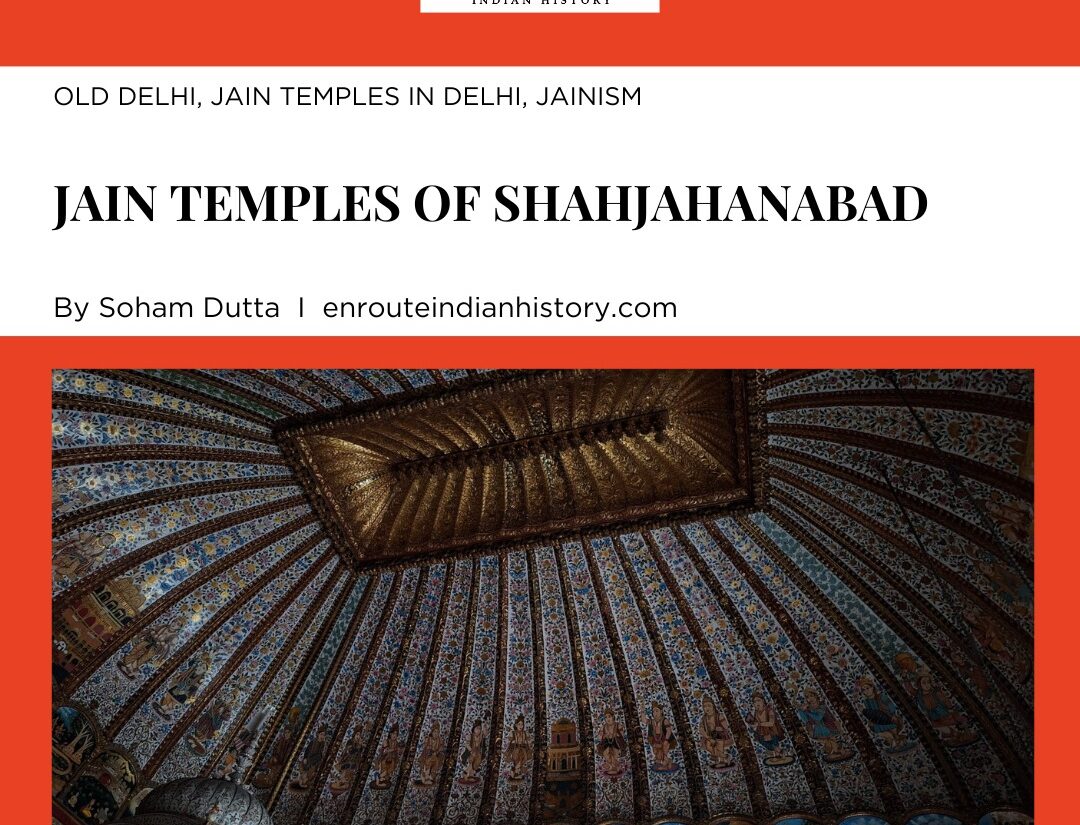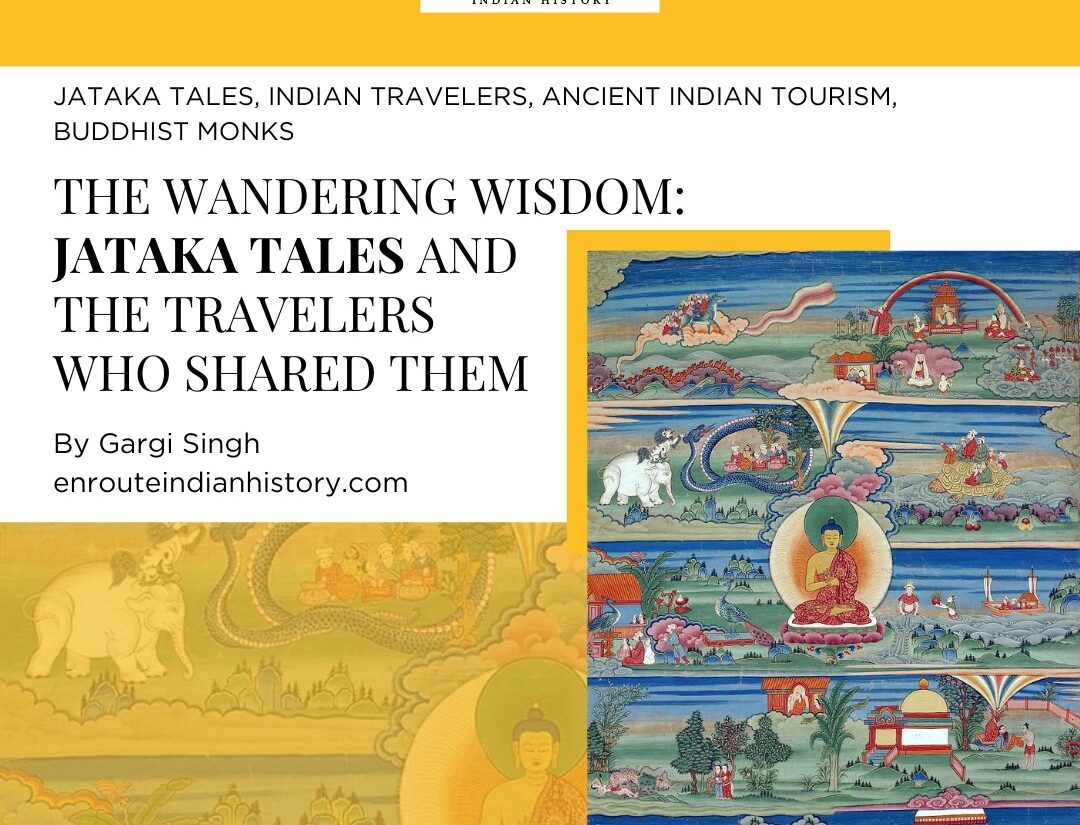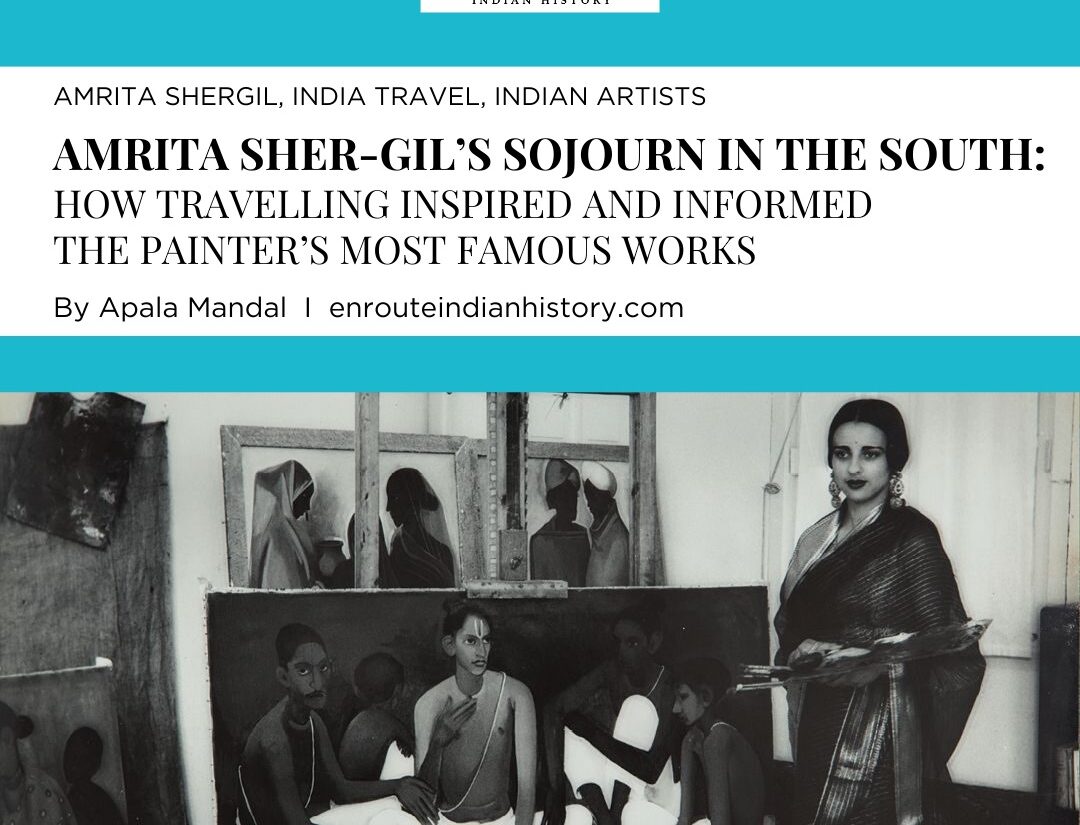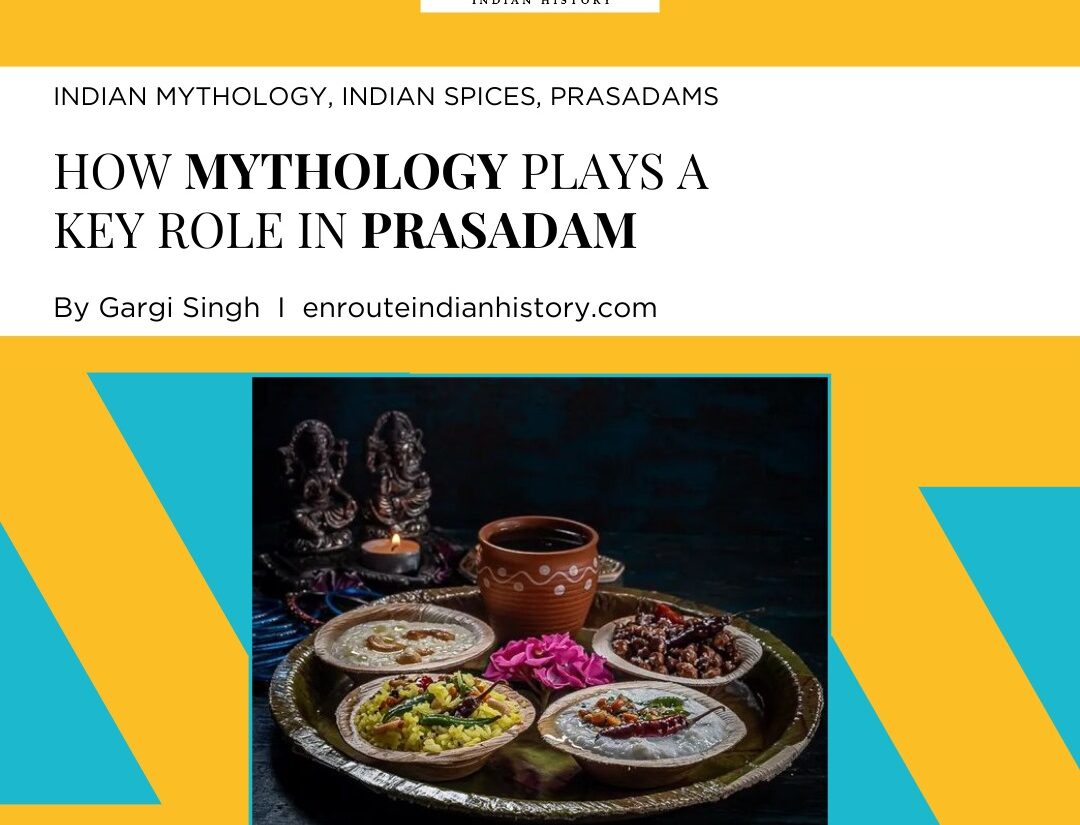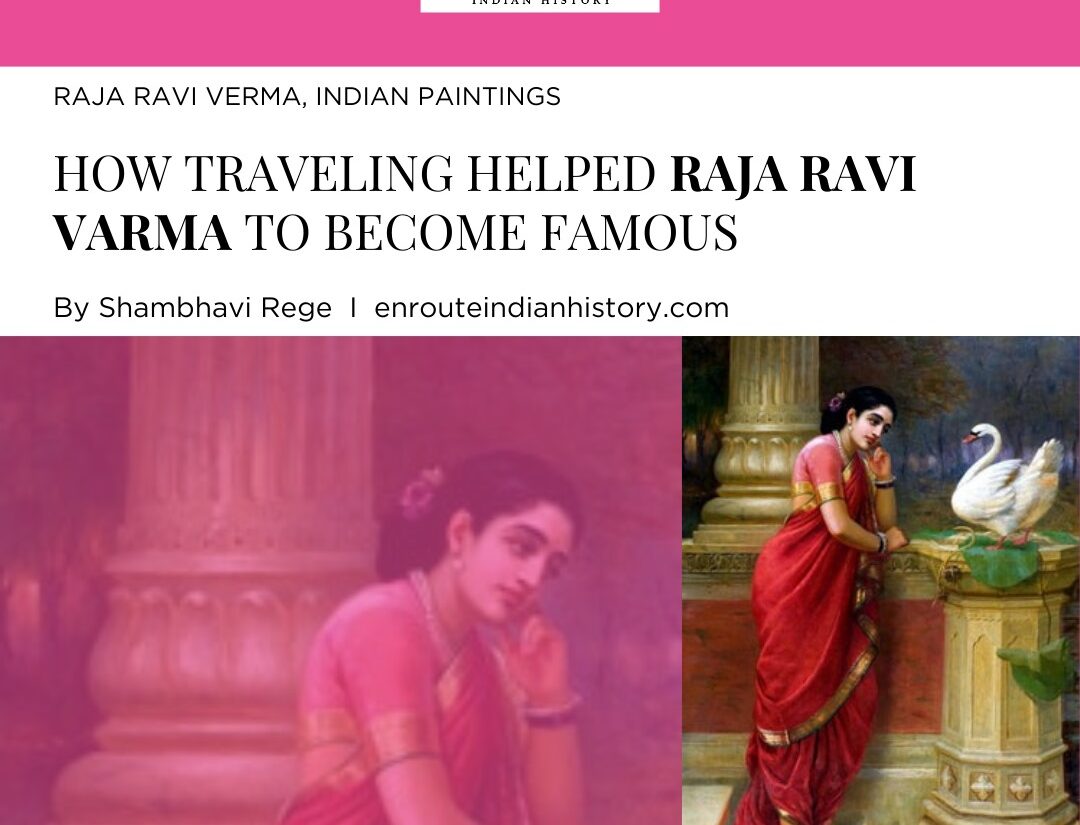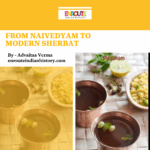In the heart of cosy winter nights, amidst swirling mists and tales of old, there exists a tradition that transcends time—a tradition as ancient as the stars, where the aromatic dance of flavoured smoke (Hookah Smoking) meets the crisp winter air. Enter the world of the hookah, an enchanted vessel of communal stories, shared warmth, and an artistry that has woven itself into the tapestry of Indian subcontinent and its wintertime gatherings for centuries. As snowflakes fall on the earth, the hookah stands as a steadfast companion, offering not just smoke, but an age-old ritual, a legacy of togetherness and conviviality in the chill of winter’s embrace.

(Source : The Museum of Fine Arts, Houston ; A Portrait of Raja Ajmat Dev of Mankot Smoking a Hookah dating back to c. 1730 – 1735.)
For more than four centuries, India has embraced the practice of hookah smoking. It all began in the late 16th century at Emperor Akbar’s court. Concerned about the potential harm of smoking, royal physicians suggested a novel approach to enjoy tobacco, an unfamiliar substance at the time. Abul-Fath Gilani, a Persian physician in Akbar’s court, is credited with inventing the hookah or water pipe in the Indian city of Fatehpur Sikri during the Mughal period. The hookah’s journey began in the Indian subcontinent, spreading to Persia where its design was refined before making its way to the Near East. This method involved a small bowl filled with tobacco mixed with molasses, gently smouldered by burning charcoal at the top of the hookah. As the smoker drew from the pipe, the smoke travelled through a tube and then bubbled through water in a jar before reaching the lungs. Another legend also suggests that it might have had its roots in the Safavid dynasty of Persia, later disseminating to the Indian subcontinent.

(Source – Sotheby’s Collection, New York; A nobleman smoking a hookah on a terrace with a distant riverscape in Mughal India dating back to the late eighteenth century.)

(Source – Sotheby’s Collection, London; A Portrait of Mirza Nurullah Smoking a Hookah in Mughal India dating back to late seventeenth century – early eighteenth century.)
As tobacco gained popularity across India, the hookah emerged as the primary method for tobacco consumption, even extending to the smoking of opium and hashish by some. Various styles of hookah were developed, catering to different societal strata. This practice, enjoyed by both men and women, found its place in regions deeply influenced by the Mughals, seamlessly integrating into the cultural fabric.

(Source – The Cleveland Museum of Art ; A lady seated at the window smokes a hookah. Reclining against a large bolster, she is engrossed in smoking her hookah made of gold and porcelain. The painting is dated back to c. 1780.)

(Source – The Cleveland Museum of Art ; A Bikanari painting of Maharaja Shri Anand Singh and his consort dating back to 1729 by Ustad Murad. In this portrait, Anand Singh slings one arm around the shoulders of his ivory – skinned queen holding a bottle of wine. He smokes a remarkably long hookah.)
When the British arrived in India, they found the hookah to be a culturally intriguing practice and, for a brief period, some adopted it as a way to integrate and be accepted within certain social circles. It became a fashionable trend among some British individuals in India. Yet, as time progressed, other forms of smoking gradually gained prevalence and replaced the hookah as the favoured method of tobacco consumption among the British and other communities in India.

(Source – Yale Center for British Art ; Portrait of a Gentleman and an Indian Servant ca. 1785. Formerly attributed to Thomas Hickey, but later to British painter Arthur William Devis.)
It became a fashionable trend among some British individuals in India. Certain elite members and officers of the British community were fascinated by the exotic and culturally rich practices prevalent in India. The hookah, with its intricate designs, flavoured tobacco, and the communal aspect of its usage, held a strong allure for them. Embracing the hookah became a way for these individuals to fit into specific social circles and immerse themselves in the local culture, making it a fashionable trend among this group. Gradually, these foreigners started including hookah into their lifestyle and it made its way to their houses.

(Source – Yale Center for British Art ; The Summer room in the artist’s house at Patna by Charles D’Oyly dating back to 1824. The painting serves as an example of how intricately hookah was adopted by the British individuals as hookah is one of the key subjects in this painting.)
Community drawn together by enchanting hookah sessions
The history of hookah smoking during winter is a tale woven with tradition, community, and warmth. Dating back centuries, this practice finds its roots in regions where winters bring a distinct chill to the air. In many cultures, especially in regions influenced by the hookah’s historical prevalence—such as parts of the Middle East, Central Asia, and the Indian subcontinent—winter heralds a special time for communal hookah sessions. The allure of the hookah during the colder months lies not only in the act of smoking but in the ritualistic gathering it fosters. Throughout history, people have gathered around the hookah in winter, seeking refuge from the cold in shared spaces where stories, conversations, and laughter intertwine with fragrant smoke. The practice of winter hookah sessions has transcended generations, offering a cosy retreat and an opportunity for social connection during the long, dark nights. As winter settles in, the hookah becomes more than a smoking apparatus—it transforms into a symbol of togetherness, a conduit for shared experiences, and a means to chase away the winter blues, keeping traditions alive through the ages.

(Source – The J. Paul Getty Museum ; Group portrait of five Egyptian men and one boy dressed in traditional garments. Three of the seated men are each holding a traditional hookah pipe while the boy stands behind them.)
Likewise, in the Mughal courts of India, winter months were marked by grand celebrations and gatherings. The hookah, with its fragrant tobacco and flavoured smoke, was an essential part of these festivities. Even Emperor Akbar himself, in an attempt to reduce the potential harm of smoking, is said to have initiated the use of the hookah as a safer way to consume tobacco during his reign in the 16th century. For instance, in Persian culture, especially during the Safavid dynasty, the hookah was deeply integrated into the fabric of social life. Winter evenings often saw friends, families, and dignitaries coming together around the hookah to discuss literature, politics, and poetry. The warm ambiance created by the glowing coals of the hookah not only provided physical warmth but also served as a symbol of intellectual and cultural exchange.
The Historical Intersection of Women and Hookah Smoking
When delving into the realm of hookah smoking, it’s crucial to acknowledge the gender-related aspects associated with this practice. Historically, the association between women and hookah smoking has varied across cultures and periods. In some societies, women were active participants in hookah sessions, while in others, it was predominantly a male activity.For example, in parts of the Middle East, Central Asia, and India, women have been known to engage in hookah smoking in certain social settings. These sessions often provided a space for women to socialise, share stories, and bond over the flavoured smoke. In these contexts, it wasn’t unusual to find women partaking in the hookah alongside men, especially in familial or intimate gatherings.

(Source – The Cleveland Museum of Art ; Painting of palace women enjoying music by the side of a water cascade dating back to c. 1780. Here, a woman smokes a hookah and enjoys a music performance with her attendants.)
In medieval India, the hookah found its place not just within the courts of royalty, but also among the vibrant circles of courtesans, where women played a central role in the social and cultural fabric. These elegant water pipes weren’t solely an emblem of status and luxury within the noble courts; they also graced the gatherings of courtesans, who were known for their refinement, intellect, and artistic pursuits. These gatherings weren’t just about the aromatic smoke drifting from the hookah; they were rich with conversations, poetry, music, and dance. Women of influence, including courtesans, often hosted lavish soirées, where the hookah served as a centrepiece of these intellectual and social exchanges.
 (In this picture, Begum Samru’s household is portrayed. Begum Samru was the powerful ruler of Sardhana before being a courtesan. Both Europeans and local people are present in her court. It is said that she held her court adorning a turban and usually with a hookah in her hand.)
(In this picture, Begum Samru’s household is portrayed. Begum Samru was the powerful ruler of Sardhana before being a courtesan. Both Europeans and local people are present in her court. It is said that she held her court adorning a turban and usually with a hookah in her hand.)

(Source – National Museum, New Delhi ; In this painting, different soldiers are flocked together at a hookah stall which is being managed by two women. The painting dates back to the late eighteenth century.)
The hookah has served as more than just a smoking apparatus—it’s been a symbol of togetherness, fostering connections and shared moments during winter and beyond. Its journey through history, whether in the courts of emperors or among diverse social circles, reflects the ever-evolving nature of social customs and traditions. The allure of the hookah isn’t just in the flavoured smoke it produces; it lies in the warmth of shared experiences, the conversations that weave through the air, and the unity it forges among individuals. It represents a cultural heritage, a tapestry of shared moments, and a testament to the human desire for connection and community.
- April 4, 2024
- 7 Min Read
